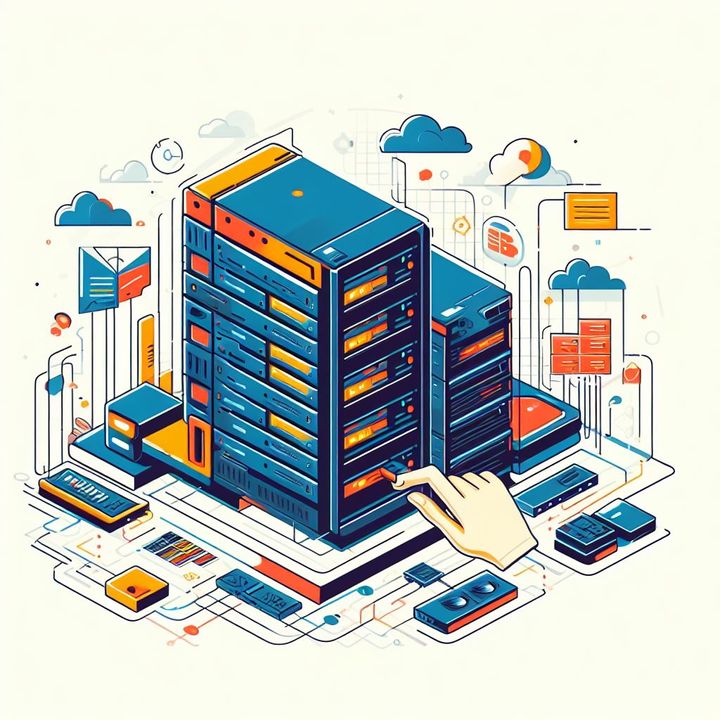How to Optimize Your Dedicated Server for Video Streaming Services

Optimizing a dedicated server for video streaming services requires a combination of hardware, software, and network configurations. Here are some steps you can take to improve the performance and efficiency of your dedicated server for video streaming:
- High-Performance Hardware:
- CPU: Choose a powerful multi-core processor to handle the encoding and decoding processes efficiently. Intel Xeon or AMD EPYC processors are popular choices.
- RAM: Allocate sufficient RAM to handle the encoding, caching, and concurrent user connections. 32GB or more is recommended for streaming services.
- Storage: Use SSDs (Solid State Drives) for storing video files and databases. SSDs provide faster read/write speeds compared to traditional HDDs.
- Network Interface Card (NIC): Opt for a high-speed NIC to ensure smooth data transmission between your server and clients.
- Software Optimization:
- Streaming Server Software: Use specialized streaming server software like Wowza, Red5, or Nginx with RTMP module, depending on your specific requirements.
- Content Delivery Network (CDN): Implement a CDN to cache content at edge servers, reducing the load on your main server and improving global access times for users.
- Transcoding: Set up a transcoding system to convert videos into different formats and bitrates to accommodate various devices and network speeds.
- Load Balancing: Implement load balancing to distribute traffic across multiple servers, ensuring no single server becomes a bottleneck.
- Caching: Use caching mechanisms to store frequently accessed content in memory or on fast storage, reducing the need to retrieve it from disk.
- Gzip Compression: Enable Gzip compression on your server to reduce the size of data sent to clients, improving load times.
- Network Optimization:
- Bandwidth: Ensure your server has enough available bandwidth to handle the expected number of concurrent streams and downloads.
- Content Delivery Network (CDN): As mentioned earlier, a CDN can help distribute content closer to end-users, reducing latency and load on your server.
- Quality of Service (QoS): Prioritize video streaming traffic to ensure it gets the necessary bandwidth and low latency.
- Security:
- Firewall: Set up a firewall to protect against DDoS attacks and unauthorized access.
- SSL Encryption: Use SSL/TLS certificates to encrypt data transmission, especially during login and payment processes.
- Regular Updates and Patching: Keep your server's operating system and streaming software up-to-date to patch security vulnerabilities.
- Monitoring and Analytics:
- Monitoring Tools: Use monitoring tools like Nagios, Zabbix, or Prometheus to keep an eye on server performance, network traffic, and resource usage.
- Analytics: Utilize analytics platforms to gather insights about user behavior, popular content, and any performance issues.
- Content Optimization:
- Video Compression: Optimize video files for streaming by using appropriate codecs and compression settings.
- Adaptive Bitrate Streaming (ABR): Implement ABR to dynamically adjust video quality based on the viewer's available bandwidth.
- Testing and Tuning:
- Load Testing: Simulate high traffic scenarios to identify potential bottlenecks and optimize configurations accordingly.
- Tuning: Continuously monitor and fine-tune your server based on real-world usage patterns.
Remember, optimization is an ongoing process. Regularly monitor your server's performance and adjust configurations as needed to meet changing demands.



